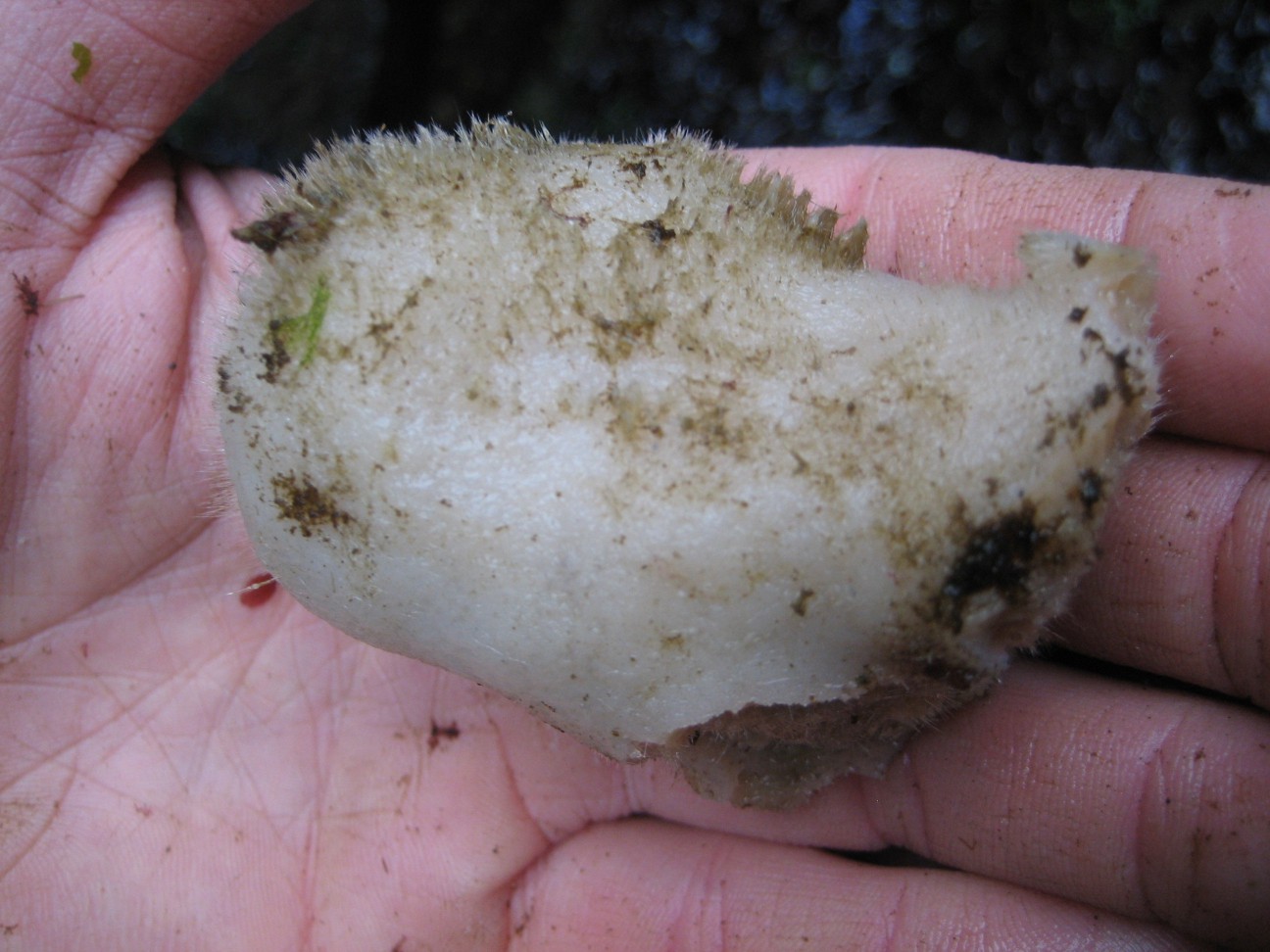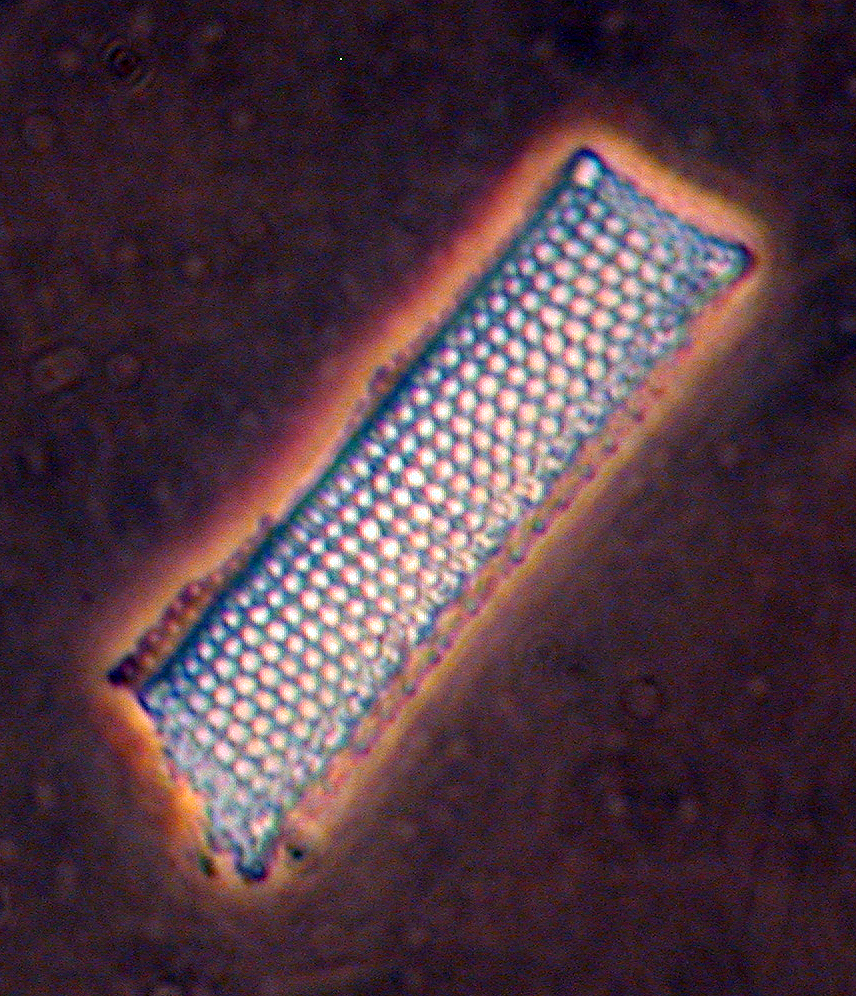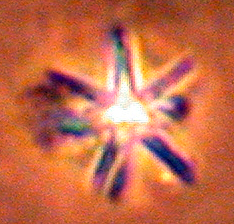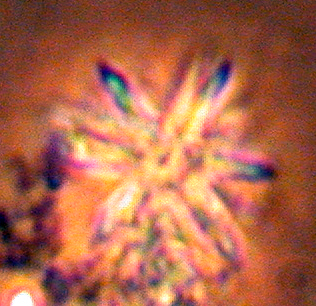Geodia mesotriaena Lendenfeld, 1910Common name(s): Armored ball sponge |
|
| Synonyms: Geodia agassizi, Geodia breviana, Cydonium muelleri |  |
| Phylum
Porifera
Class Demospongiae Subclass Tetractinomorpha Order Choristida Family Geodiidae |
|
| (Geodia mesotriaena from a sea cave on the Olympic coast, July 2006) | |
| (Photo by: Brooke Reiswig, July 2006) | |
How to Distinguish from Similar Species: Craniella and Stellata do not look like paving stones under the hand lens. Geodinella robusta is whitish yellow to brown and has monoenes, plagiodeaenes, and strongylospherasters but no orthotriaenes, protriaenes, anatriaenes, oxyasters, oxyspherasters, or strongylasters.
Geographical Range: Southeast Alaska to southern California
Depth Range:
Habitat:
Biology/Natural History:
| Return to: | |||
| Main Page | Alphabetic Index | Systematic Index | Glossary |
References:
Dichotomous Keys:Kozloff 1987, 1996
Smith and Carlton, 1975
General References:
Lamb
and Hanby, 2005
Scientific Articles:
Web sites:
General Notes and Observations: Locations, abundances, unusual behaviors:
We have found this species intertidally on the open Olympic
coast but
not near Rosario.
| A few of the types of spicules found in Geodia mesotriaena (photos by Brooke Reiswig 2006) | |
 |
 |
| A set of sterrasters (these make up the solid wall of the sponge). Sterrasters are microscleres. | This is the broken end of an oxea. Notice that it much larger than the other spicules shown--as evidenced by the tiny oxyspheraster beside it. Oxeas are megascleres. |
 |
 |
| Oxyasters, as seen here, have pointed tips which converge to a common center. | Oxyspherasters, as seen here, have pointed tips and converge toward a common center, which is composed of a spherical ball. |
This micrograph shows large protriaene
spicules
from another individual.
Photo by Joanna Cowles, July 2009
Authors and Editors of Page:
Dave Cowles (2006): Created original page. Edited 2009 DLC
